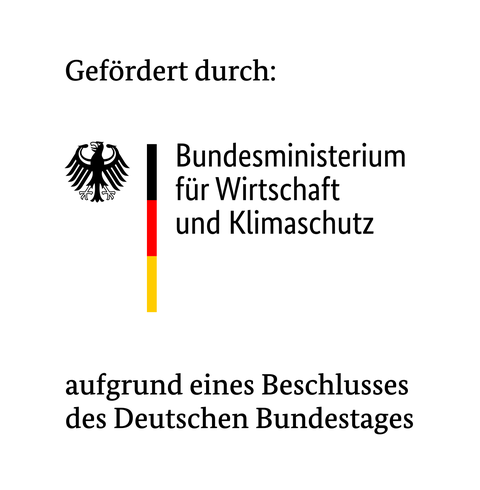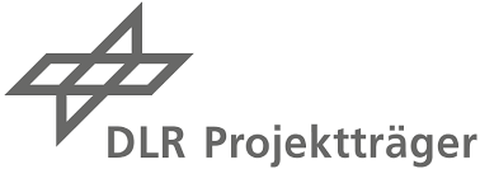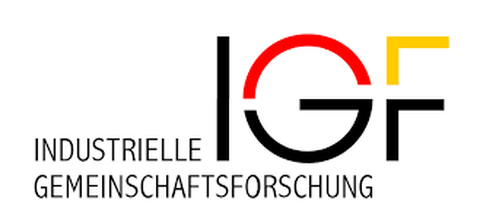StaGuBau
Development of highly wear-resistant cast steel alloys for tool applications of construction machinery and building materials plants
| Funding: |
Bundesministerium für Wirtschaft und Klimaschutz (BMWK) |
| Funding code: | IGF-Vorhaben Nr. 01IF21664N |
| Research association: |
Forschungskuratorium Maschinenbau e.V. Forschungsvereinigung Baumaschinen- und Baustoffanlagen e. V (FVB) |
| Partner: |
TU Bergakademie Freiberg, Gießerei-Institut |
| Duration: |
03/2021 – 11/2024 |
| Contact: |
Tools used in construction machinery and construction materials plants have to withstand an application with complex, superimposed loads. The materials to be processed by the tools, ranging from inhomogeneous soil to sand and gravel to solid rock, are usually extremely abrasive and lead to a high loss of material on the component. Considerable static and dynamic as well as impact loads occur during use. This often leads to a conflict in material selection between the required hardness, strength and wear resistance on the one hand and the required toughness and ductility of the material on the other.
The aim of this research project is to develop a basic method for systematic tool development with alloy design tailored to requirements, using the example of an FeCrMoVC cast steel alloy for construction machinery and construction material plants. In this context, a targeted modification of the chemical composition of the base alloy depending on the requirement profile of the application concerned as well as on the casting technology properties and process parameters is considered to be target-oriented. This holistic approach subsequently opens up the possibility for each potential user to tailor the alloy to his individual requirements by means of specifications.
The research results offer considerable economic potential for SMEs through longer tool life, a reduction in the cost of wear parts and the personnel capacity required to replace worn components. Less wear simultaneously leads to lower resistance in the work process and thus to a reduction in specific process energy consumption on the machine side. On the manufacturer's side, the potential lies in the reduction of tool manufacturing costs through the use of alloys without rare metals, in the
the use of alloys without rare metals, the saving of hardfacing, and the production in the casting process without subsequent thermomechanical or chemical treatment.


